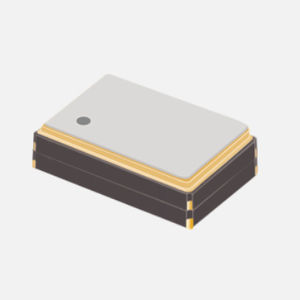
I,what is crystal vibration?
Crystal oscillator, full name "crystal oscillator", plays the role of oscillating frequency in the circuit. As we all know, SCM BQ29415PWR can be regarded as a clock driven sequential logic circuit, so the required clock is generated by a crystal oscillator. It can be said that the heart of its single chip microcomputer always makes the single chip microcomputer pulsation, control the working rhythm of the computer. The crystal oscillation frequency is 32.768kHz, 1MHz, 2MHz, 4MHz, 8MHz, 12MHz... Of course, there are many other frequencies.
Crystal oscillator Passive crystal oscillator and active crystal oscillator. We usually see on circuit boards, capacitors, resistors and other components to help oscillate the crystal oscillator is actually passive crystal oscillator, need the assistance of external components; Second, the active crystal oscillator is located in the MCU, without external components to assist vibration. The clock signal can be generated in three ways: one is the internal mode, which uses the oscillating circuit inside the chip, but generally the RC oscillating circuit, to generate the clock signal; The other two are the external mode, the external crystal oscillator, through which the clock signal is imported externally and the imported external oscillator as input.
II.how to choose the right crystal oscillator?
There are a lot of crystal vibrators out there. I am talking about the single chip external crystal vibrator, including time crystal vibrator, crystal vibrator with temperature compensation, etc. So what details do you need to pay attention to when choosing a crystal vibrator?
The main parameters of crystal vibration are nothing more than these: frequency; Precision; Applicable ambient temperature, package size.
1. Frequency
This should be the most important parameter. Frequency determines whether the MCU can run at high speed. If the frequency requirements are not very strict in the process of use, you can consider the use of single chip internal crystal vibration. For example, the internal crystal vibration of STM32 can reach 8MHz or even 16Hz. If the frequency requirement is not high, that is, the common type of driver, does not involve the communication of two single chip microcomputer, serial communication, time, etc. At this time you can consider the use of microcontroller internal crystal vibration. (High-speedinternal(HSI)RCoscillator), the general frequency is 8MHz or 16MHz, the general patch passive crystal oscillator needs a few cents. If you use internal oscillations, you can save a lot of money, and the circuit saves a lot of components.
2. Accuracy
If the precision requirements are very high, such as the circuit will involve the accuracy of the time, then can only use the external crystal vibrator, because the external crystal vibrator is relatively stable, the error of the internal crystal vibrator is relatively large, a long time will cause a lot of error on the accumulation of time, especially the temperature of the RC oscillator, easy to be affected.
3. Ambient temperature
The ambient temperature has a great influence on the internal crystal oscillator, the RC oscillator. The following figure shows the curve of the error value of the oscillation frequency of the RC oscillator in the STM32 chip as a function of temperature. It can be seen that when the temperature is around 25℃, its oscillation accuracy can be kept within 1%, but with the temperature rising or falling, its accuracy gradually decreases. Therefore, when the ambient temperature is harsh and the time control is strict, the internal crystal oscillator can be ignored.
4. Package size
Crystal oscillators come in many packages, such as patches, insert ceramics, cylinders, etc. Especially today, the size of crystal oscillators is getting smaller and smaller to suit different occasions. When selecting crystal oscillator, the influence of crystal oscillator size on circuit board should be considered.
The Products You May Be Interested In
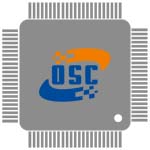 |
ASPIAIG-F5030-1R8M-T | FIXED IND 1.8UH 10.1A 12.7MOHM | 442 More on Order |
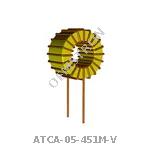 |
ATCA-05-451M-V | FIXED IND 450UH 2A 174 MOHM TH | 155 More on Order |
 |
ATCA-05-321M-V | FIXED IND 320UH 5A 68 MOHM TH | 192 More on Order |
 |
AIRD-03-181K | FIXED IND 180UH 5.5A 72 MOHM TH | 128 More on Order |
 |
AMPMGGC-12.2880T3 | MEMS OSC XO 12.2880MHZ CMOS SMD | 209 More on Order |
 |
AMPMGFD-2.097152T3 | MEMS OSC XO 2.0972MHZ CMOS SMD | 241 More on Order |
 |
AMPMEGA-33.3330T3 | MEMS OSC XO 33.3330MHZ CMOS SMD | 290 More on Order |
 |
AMPMEFB-7.3728T3 | MEMS OSC XO 7.3728MHZ CMOS SMD | 331 More on Order |
 |
AMPMDFA-3.5700T | MEMS OSC XO 3.5700MHZ CMOS SMD | 104 More on Order |
 |
AMPMAGD-50.0000T | MEMS OSC XO 50.0000MHZ CMOS SMD | 127 More on Order |
 |
AMPMEGC-19.6608 | MEMS OSC XO 19.6608MHZ CMOS SMD | 276 More on Order |
 |
AMPMAED-21.0000 | MEMS OSC XO 21.0000MHZ CMOS SMD | 399 More on Order |
 |
AMPMADB-4.0000 | MEMS OSC XO 4.0000MHZ CMOS SMD | 174 More on Order |
 |
ASTMUPCE-33-33.000MHZ-EJ-E-T3 | MEMS OSC XO 33.0000MHZ LVCMOS | 157 More on Order |
 |
ASTMUPLPV-312.500MHZ-LY-E | MEMS OSC XO 312.5000MHZ LVDS SMD | 461 More on Order |
 |
AOCJY3B-13.000MHZ-E | XTAL OSC VCOCXO 13.0000MHZ CMOS | 252 More on Order |
 |
AX5DAF1-1024.0000T | OSC XO 1.024GHZ 3.3V LVDS | 348 More on Order |
 |
AX7DCF4-537.6000T | XTAL OSC XO 537.6000MHZ LVDS SMD | 303 More on Order |
 |
ASTMHTE-66.666MHZ-XJ-E | MEMS OSC XO 66.6660MHZ LVCMOS | 414 More on Order |
 |
ASTMLPD-125.000MHZ-EJ-E-T | MEMS OSC XO 125.0000MHZ LVCMOS | 480 More on Order |
 |
ABM13W-38.4000MHZ-8-N1U-T5 | CRYSTAL 38.4MHZ 8PF SMD | 235 More on Order |
 |
ABM8W-27.1200MHZ-6-B1U-T3 | CRYSTAL 27.1200MHZ 6PF SMD | 184 More on Order |
 |
ABM8W-20.7360MHZ-8-B2U-T3 | CRYSTAL 20.7360MHZ 8PF SMD | 452 More on Order |
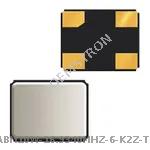 |
ABM10W-16.9340MHZ-6-K2Z-T3 | CRYSTAL 16.9340MHZ 6PF SMD | 337 More on Order |

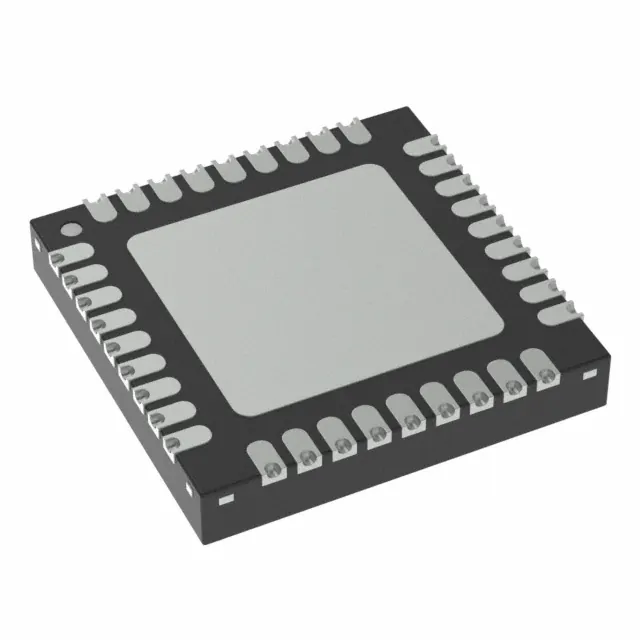 Semiconductors
Semiconductors









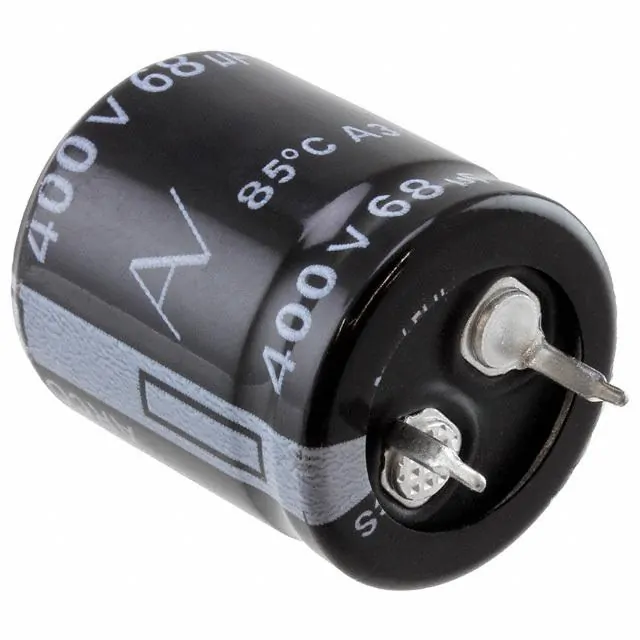 Passive Components
Passive Components









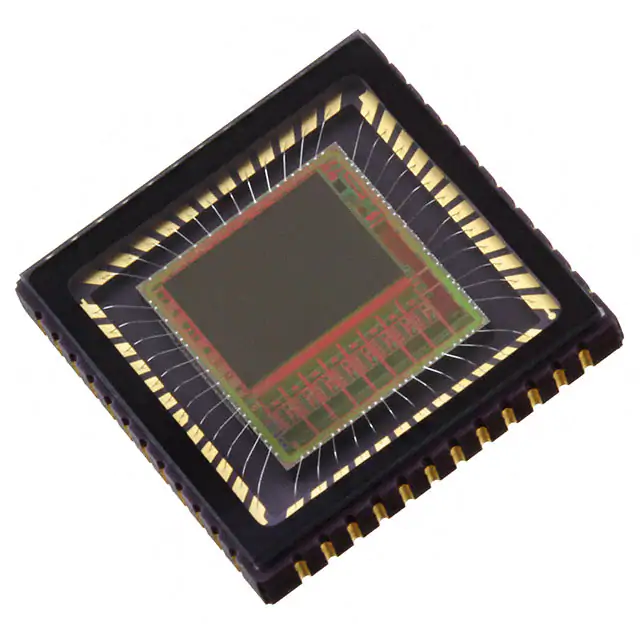 Sensors
Sensors








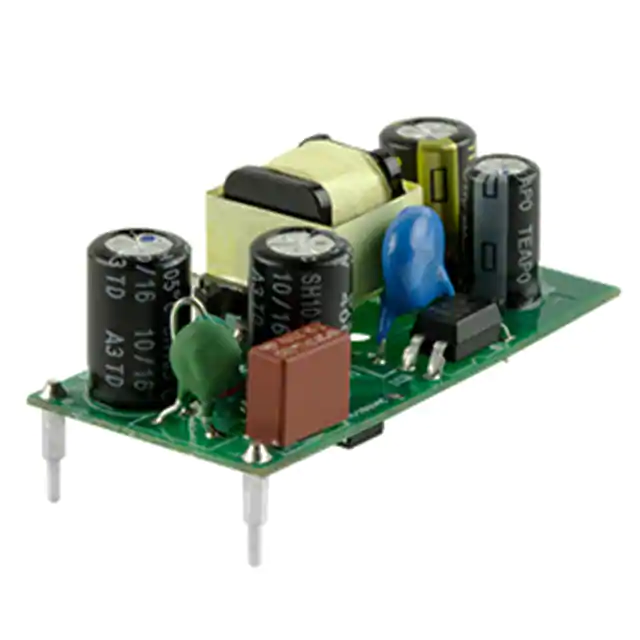 Power
Power









 Optoelectronics
Optoelectronics








